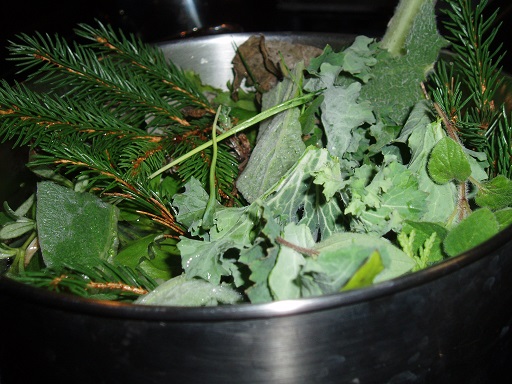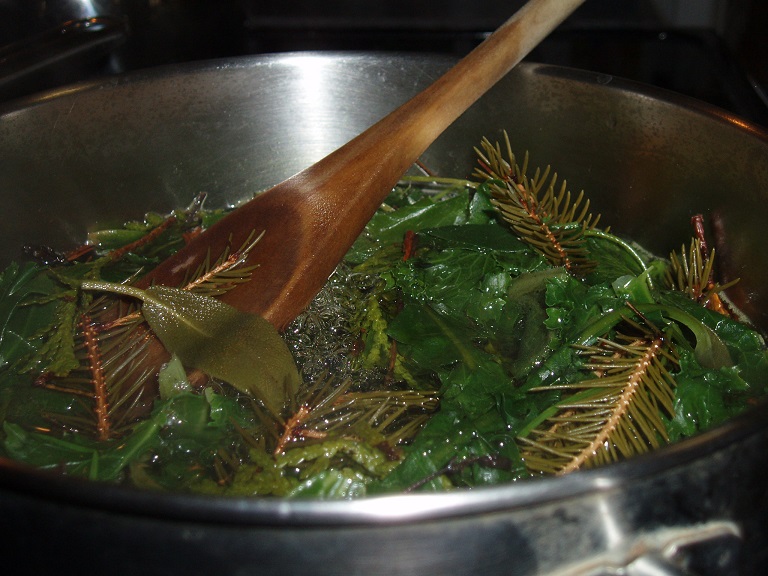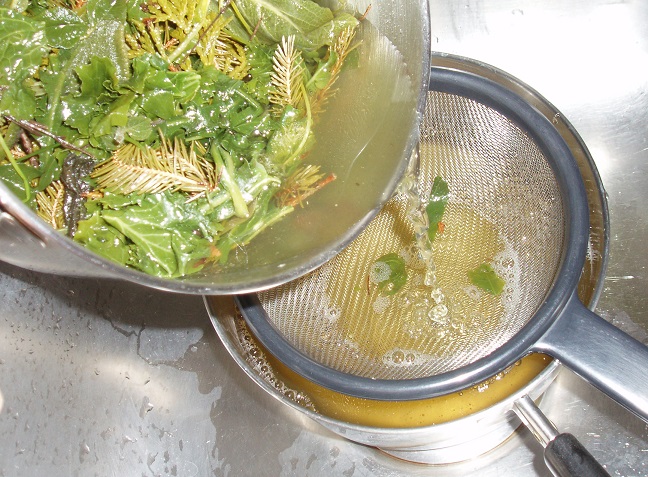Experiments in Eco-Processing
Blog 2017 November
November 3, 2017
A little history…
Back in 1995 Dr. Scott Williams and his students in the Technical Photographic Chemistry class at the Rochester Institute of Technology were looking for ways to develop film with household items. They experimented with different materials and found that coffee had the best results. My research is based on this research as well as experiments of Dagie Brundert and Ricardo Leite
A little bit more on why this works…
Film is composed of super tiny silver halide crystals. The silver is ionized when it is exposed to light but for us to see these active silver particles they need to be oxidized (turn black) with a developing agent. The primary component of film developers are phenols. Phenols are a class of chemical compounds and occur naturally in almost every plant, it is just that some plants have more phenols than others. I wanted to find out which plants have the most and how this impacts the result of the developers.
I found very through site called Phenol-Explorer. It is the first comprehensive database on polyphenol content in foods. The great thing about it, is that it allows you to select numerous plants and compare the phenolic content of them at the same time. The bad thing is that it is way detailed for my uses. “Poly” means many and therefore “polyphenols” means many phenols. It is going to take some time to sift through all this phenol information and see what it means. Initial reading is leading me to believe there is still much to be researched and discovered in this area.
Another important component in developing film is knowing the pH levels of the mixture. The silver halide crystals are held in a gelatin. The pH of the gelatin needs to swell so that the developing agent can get to the silver halide crystals. The higher the pH (base) the faster the gelatin will swell and faster the film will develop. The trick is it can’t be too fast, and it is also important to have an even development. This means a “buffer” must be created. Sodium bicarbonate (baking soda) will raise the pH and maintain over time. A pH between 9 and 12 is said to be best.
November 17, 2017
This week I spent some time with various vegetables. Photographing and then filming them. I am trying to find the essence of each plant and already I am noticing each vegetable stirs up certain feelings in me. There are so many ways of “seeing” a vegetable - sometimes a vegetable can be viewed as how it grows in a garden, sometimes it can be seen from the perspective of a cooking magazine or sale flyer or seed catalogue.
The way a vegetable is stacked in a grocery store with its buddies is much different than the way it is presented at a farmer’s market; There are even subtle differences depending on where the vegetable was grown and how traveled it looks. Does its sheltered, fertilized and pesticide upbringing make it too perfect to film, to eat, to enjoy? Or does its rough around edges, slightly crookedness, reflect that it worked hard to get to this place in front of my lens (or my plate)? Was this vegetable happy? I am filming its insides and outsides, its stems and its blossom (bottom) ends, its piths and its seeds, its skin and its flesh. What can you tell me vegetable? I open to what you have to say but am I listening the correct way?
When I finally do hear you? Will you be lit the right way? With the simple angle of my light I can change you dramatically, I can make you majestic, scary, beautiful, sad, the life of the party! Will I capture what it means to be you?
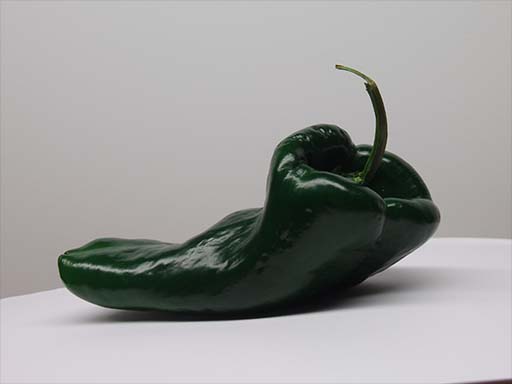
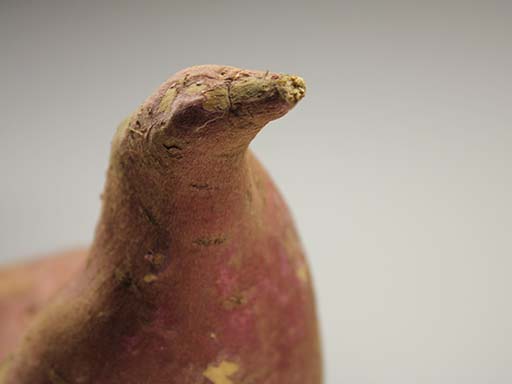
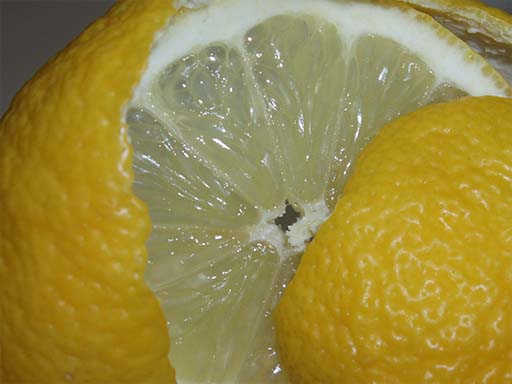
November 21, 2017
Refinement of the blueberry-ol reversal.
This was done using blueberry-ol for the first developer and second developer.

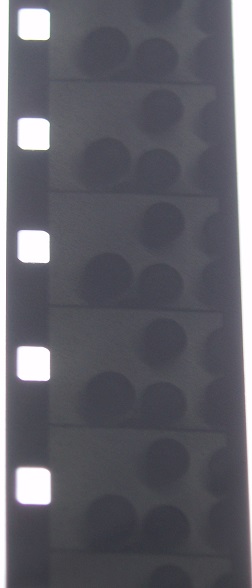
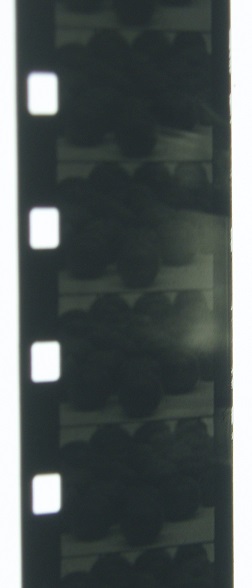
The reason that the photos look different is that my "light box" for photographing images currently is the window in my studio. As soon as the clouds change the light changes. I need to make a "light box" so that these documents are more consistent.
November 23, 2017
Making some "back up" weedo-ol for the eco-processing workshop I am teaching this weekend. It's November but some greenery can still be found. Spruce, cedar, kale, sage, rosemary, lamb's ear, dandelion leaves, and grass.
